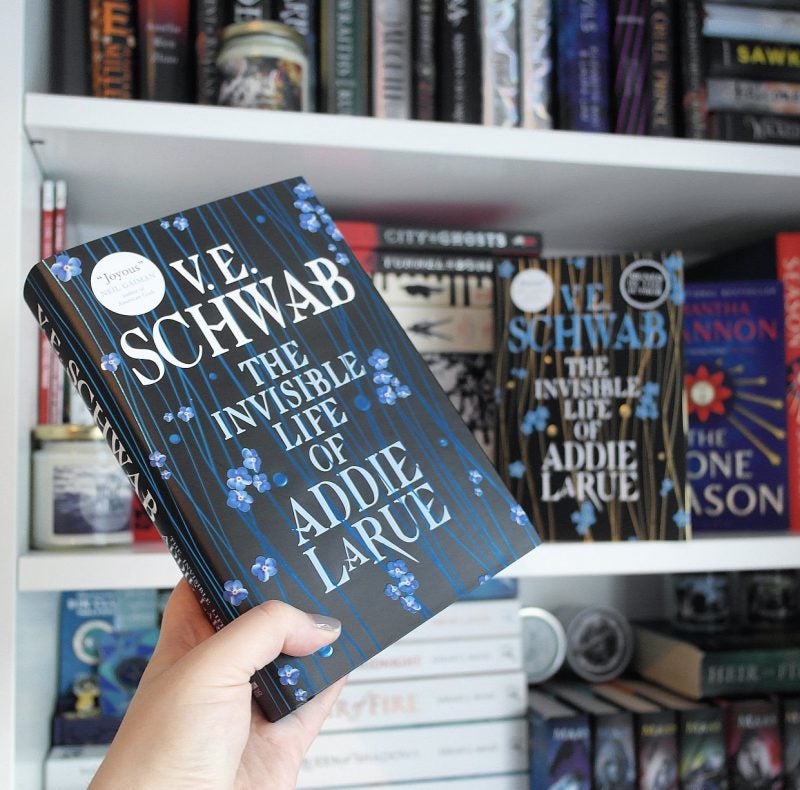
With art, Addie upends Luc’s taunt and uses it to her advantage: the artists she associates with through the centuries might not remember her specifically, but she can still engage meaningfully with them, inspire them with ideas for their work, and let these abstract ideas mark her place in history in lieu of concrete memory.

Luc originally claims that “ideas are so much wilder than memories” to taunt Addie after he accuses her of thievery and gets her kicked out Madame Geoffrin’s salon, insinuating that even if the partygoers don’t remember Addie specifically, they’ll subconsciously mistrust her because Luc has planted that idea in their heads. Though Addie can’t leave any physical, tangible trace of herself behind, she can inspire artists to project an “idea,” an essence of her onto their art. Addie finds a solution to this problem in art, which values subjective ideas over objective memories. Addie’s invisibility forces her to ask herself difficult questions about how her life can be meaningful when her cursed invisibility makes it so that nobody knows that she existed. In other words, no matter how much time Addie spends on earth, she’ll never be able to touch anybody’s life in a meaningful way or leave her mark on the world-she’s immortal, but she’s also invisible. She’s also unable to write or speak her name, be photographed, or tell anybody her life story.

When Luc grants Addie immortality, it comes at a great cost: she will be impervious to time and decay, but she’s doomed to be immediately forgotten by everyone she meets.

July 29, 1714.Īrt represents the relationship between ideas, memory, and meaning.


 0 kommentar(er)
0 kommentar(er)
